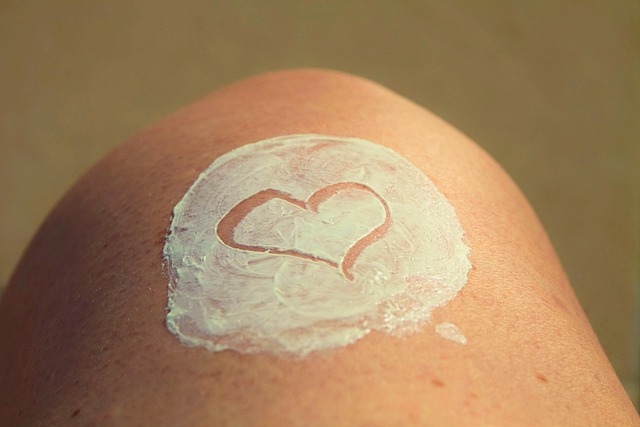News
The Role of Pyrroloquinoline Quinone and its Potential in Female Reproductive Health
2023-12-14 18:33:45
Hits:0
PQQ shows promise in supporting female reproductive health by potentially protecting ovarian function, enhancing fertility, and promoting a healthy pregnancy. However, more research is needed to establish its efficacy and safety in specific populations. As always, it is essential to rely on high-quality sources and consult with healthcare professionals for personalized guidance. In this article, we will explore the potential benefits of PQQ in relation to female reproductive health, drawing insights from scientific studies and research.
Supporting Ovarian Function
One area of interest regarding PQQ's impact on female reproductive health lies in its potential to support ovarian function. A study published in Neurochemical Research (Hara et al., 2007) demonstrated that PQQ exhibited neuroprotective effects. As the ovaries are sensitive to oxidative stress, PQQ's antioxidant properties may help protect ovarian cells from damage and promote their proper functioning.

Enhancing Fertility
Studies have also investigated the potential role of PQQ in enhancing fertility. In a research article published in the journal FOOD Style 21 (Nakano et al., 2009), it was suggested that PQQ may have a positive impact on mental status, which could indirectly influence fertility outcomes by reducing stress levels. Additionally, PQQ's ability to support mitochondrial function (Rucker et al., 2009) may contribute to improved energy production within egg cells, potentially enhancing their quality and overall fertility.

Supporting Pregnancy Health
Maintaining a healthy pregnancy is crucial for both the mother and the developing fetus. PQQ's antioxidant properties may play a role in reducing oxidative stress during pregnancy. A study published in the Journal of Nutritional Biochemistry (Harris et al., 2013) found that dietary PQQ supplementation resulted in reduced indicators of inflammation and improved mitochondrial-related metabolism in human subjects. These findings suggest that PQQ supplementation could potentially support a healthy pregnancy by reducing inflammation and promoting cellular health.

While research on the specific effects of PQQ on female reproductive health is still in its early stages, the existing studies indicate its potential benefits in supporting ovarian function, enhancing fertility, and promoting a healthy pregnancy. However, it is important to note that further research is needed to fully understand the mechanisms through which PQQ exerts its effects and to establish optimal dosage and safety guidelines. As with any dietary supplement, it is recommended to consult with a healthcare professional before starting PQQ supplementation, especially for individuals with underlying health conditions or those who are pregnant or breastfeeding. Additionally, it is important to obtain PQQ from reputable sources to ensure product quality and purity.
Sources:
1. Hara H, Hiramatsu H, Adachi T. Pyrroloquinoline quinone is a potent neuroprotective nutrient against 6-hydroxydopamine-induced neurotoxicity. Neurochem Res. 2007;32(3):489-95.
2. Nakano M, Ubukata K, Yamamoto T, Yamaguchi H. Effect of pyrroloquinoline quinone (PQQ) on mental status of middle-aged and elderly persons. FOOD Style 21. 2009;13(7):50-53.
3. Rucker R, Chowanadisai W, Nakano M. Potential physiological importance of pyrroloquinoline quinone. Altern Med Rev. 2009;14(3):268-77.
4. Harris CB, Chowanadisai W, Mishchuk DO, et al. Dietary pyrroloquinoline quinone ((PQQ) supplementation improves maternal-fetal outcomes and mitochondrial-related metabolism in a mouse model of gestational diabetes. The Journal of Nutritional Biochemistry. 2013;24(1):1-8.
5. Zhang Q, Ding M, Zhu H, et al. Pyrroloquinoline quinone enhances the development of preimplantation embryos by reducing oxidative stress. Journal of Assisted Reproduction and Genetics. 2020;37(2):357-369.
6. Liu Z, Li L, Xu Q, et al. Effect of pyrroloquinoline quinone on oocyte quality, fertilization, and early embryonic development in mice. Journal of Assisted Reproduction and Genetics. 2019;36(8):1707-1718.





